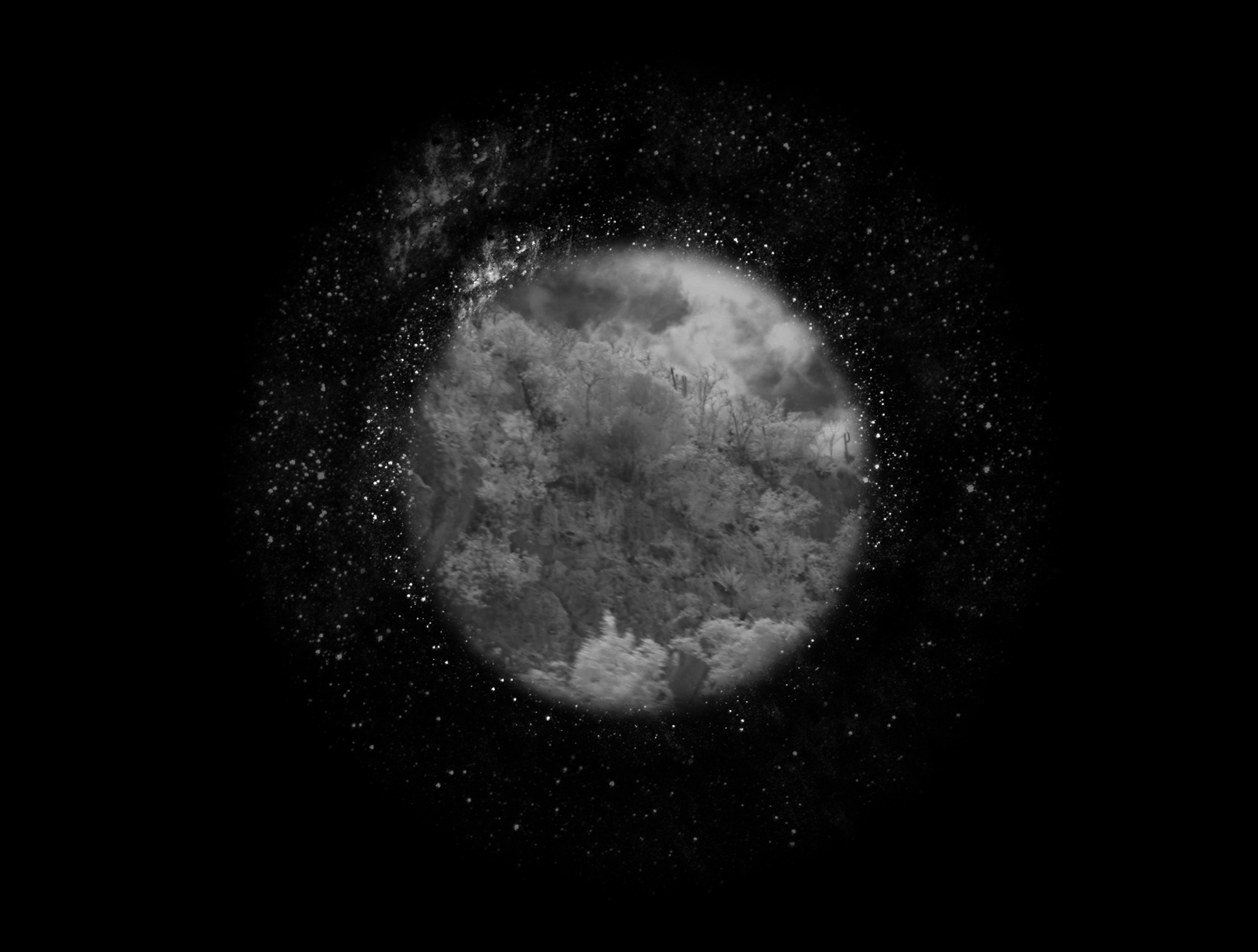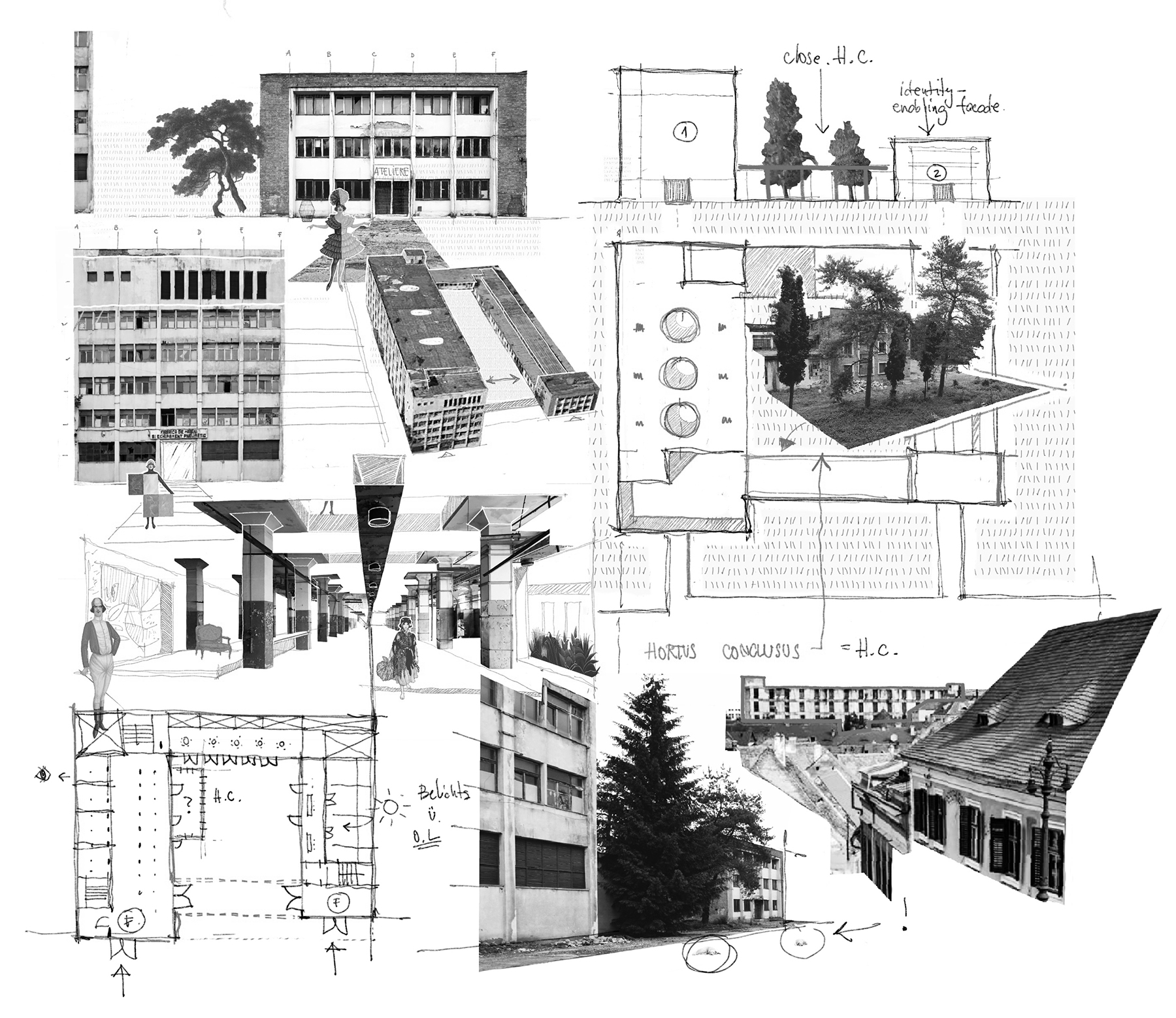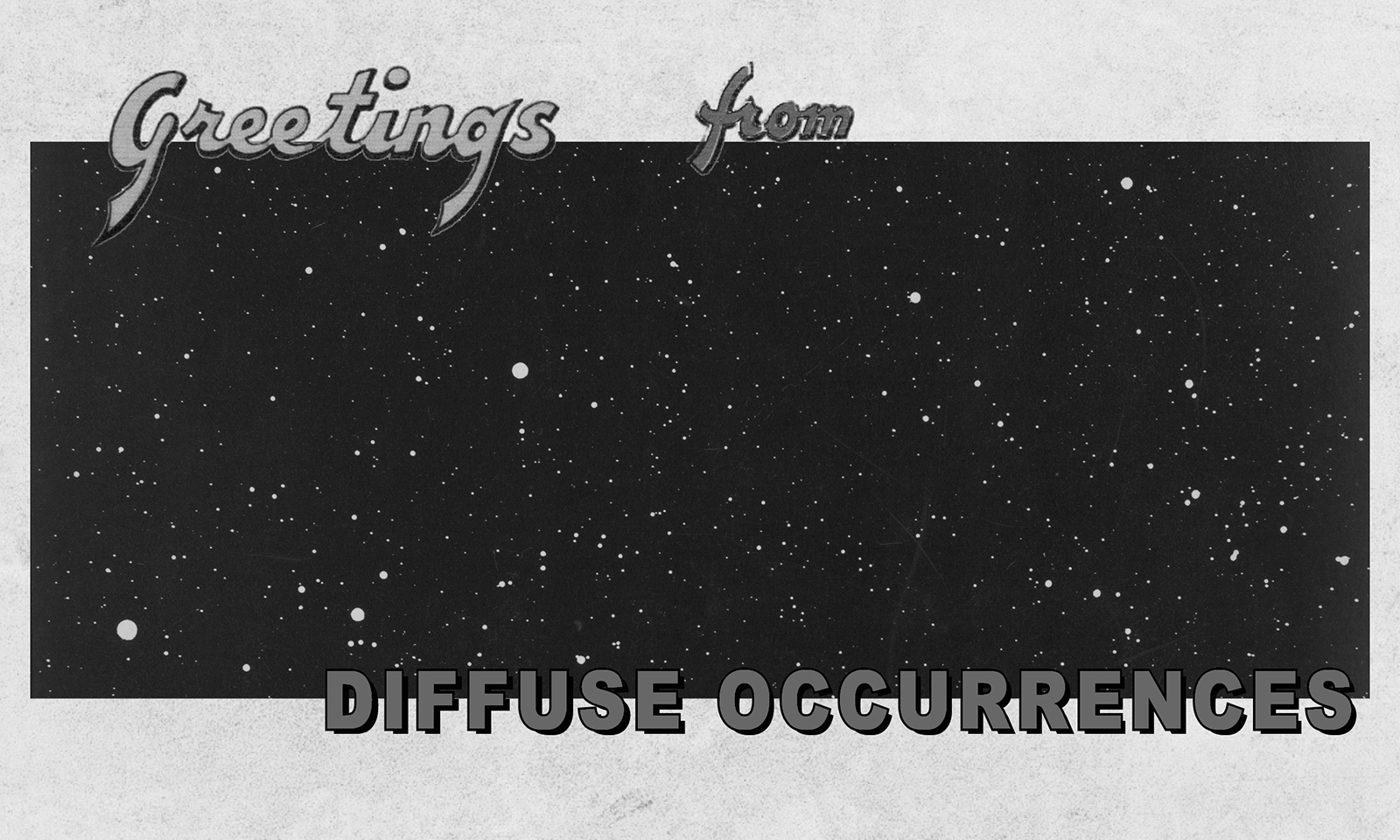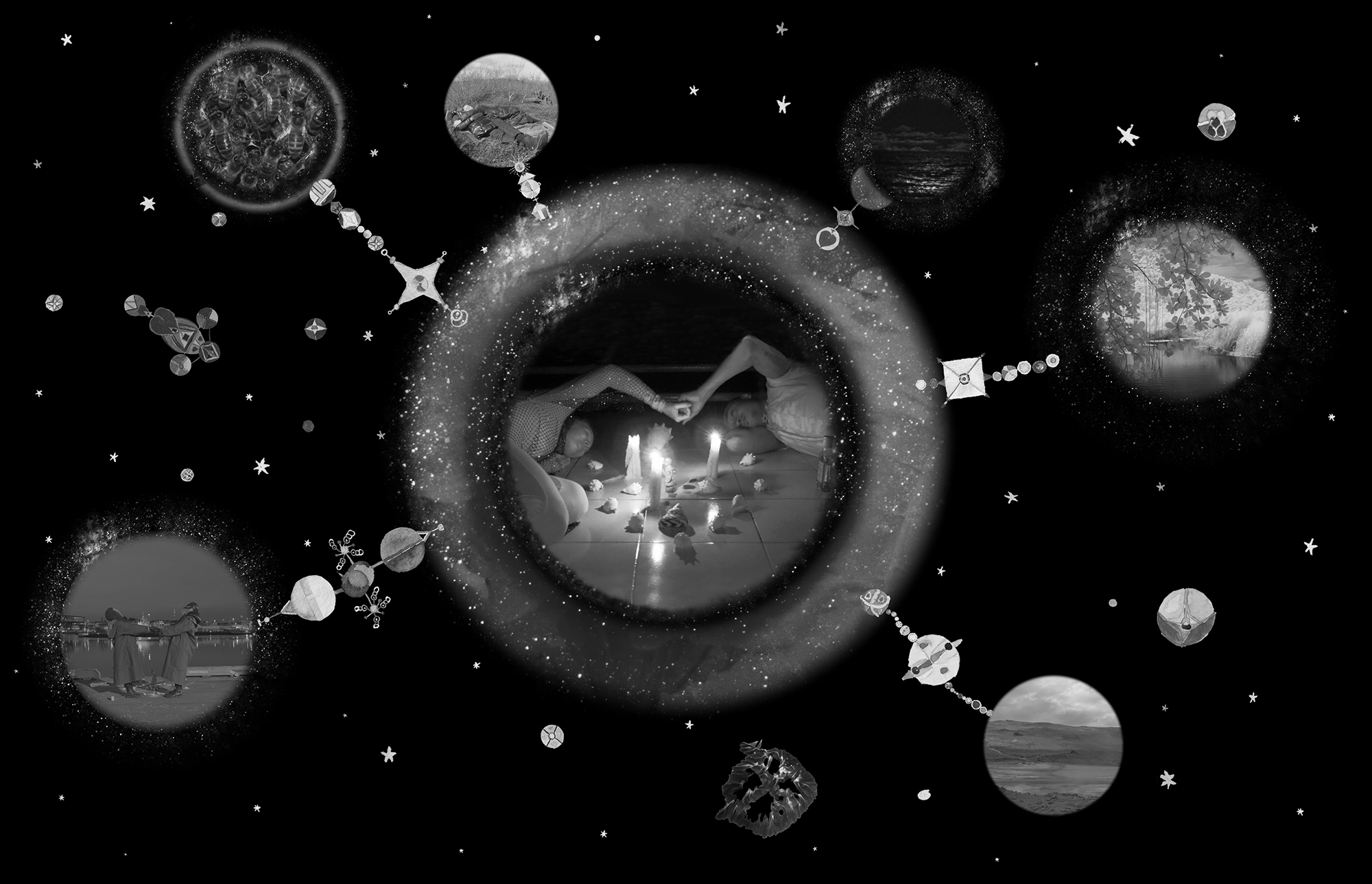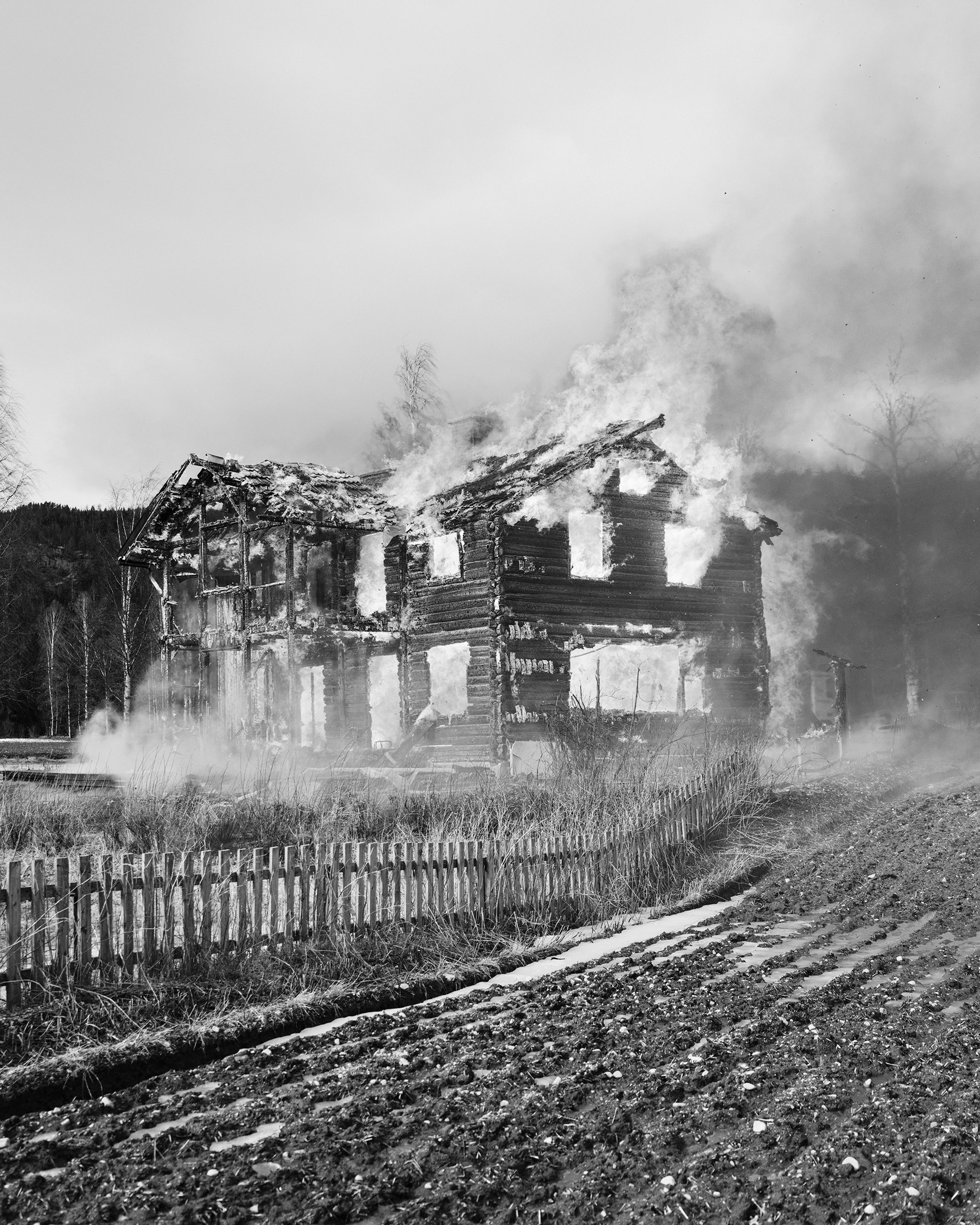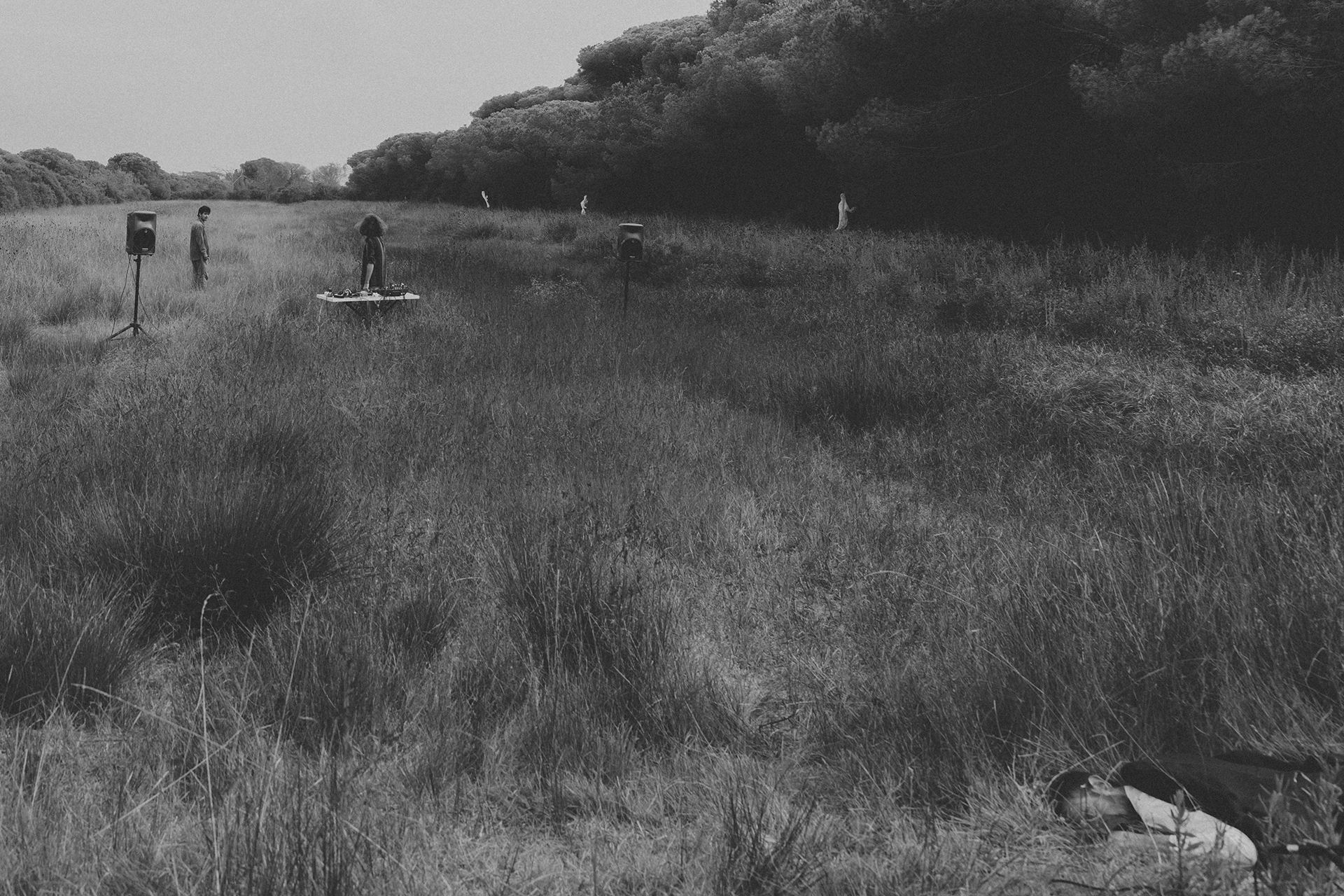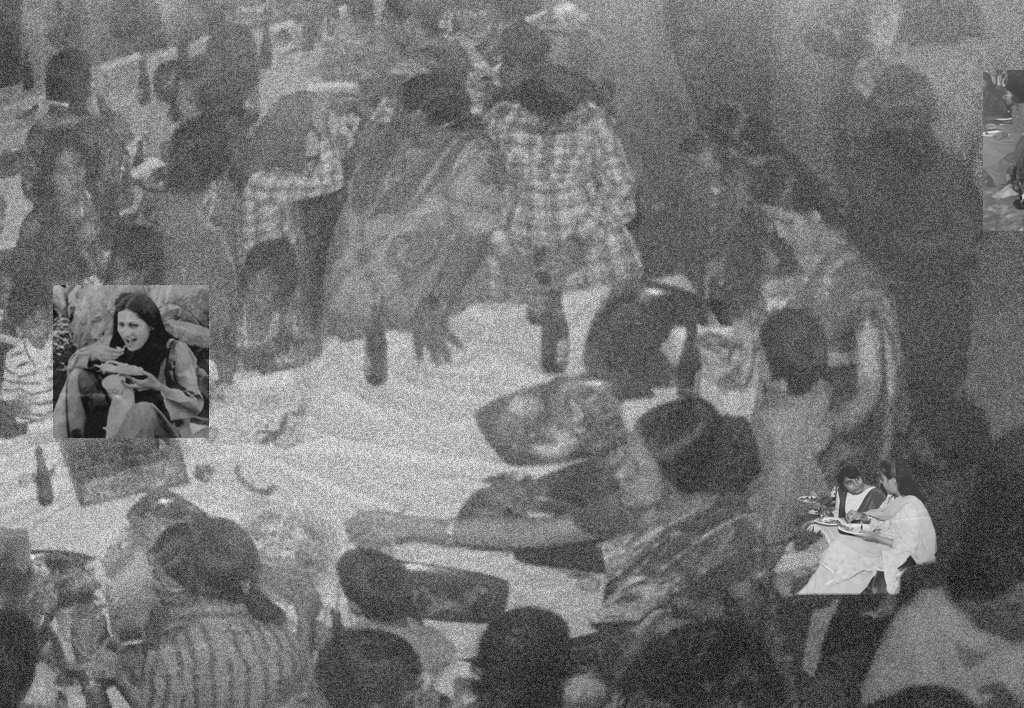VIS Issue 13, Brieftopia, was published on 18 March 2025. The issue contains six expositions emphasising exploration of an imagined realm—a fleeting yet delightful sight into an imaginative future, a momentary glimpse into a potential future that is both accessible and tangible, a brief utopia, a Brieftopia. Editor of the issue is Behzad Khosravi Noori.
VIS #13 – THEME: Brieftopia
The politics of the future are deeply intertwined with the present socio-economic, cultural, and environmental landscapes. As societies grapple with complex challenges such as war, occupations, climate change, technological advancement, inequality, and geopolitical tensions, today's decisions shape the trajectory of tomorrow—the politics of the future vision of the kind of world we want to inhabit. A desired world is driven by those whose voices matter, whose needs come first, and whose values lead to progress.
VIS Issue 13 “Brieftopia” explores these political landscapes, proposing insights and alternative visions for a more equitable future.
The term Brieftopia was coined by the editor of this issue, Behzad Khosravi Noori, as a method of artistic research toward future investigation. It represents a moment of imaginative fluidity within the confines of our present environment and the temporality of time: a brief moment where artistic research intertwines with the politics of envisioning plausible futures and imagining a tangible future which provides a temporary refuge that potentially navigates the existence.
In this issue, following diverse interpretations and artistic explorations, “Brieftopias” are not merely a disconnected realm of sub-political consciousness divorced from the realities of future politics. They are all a brief intermezzo where our minds embark on an imaginary journey, interweaving through the fabric of the real world while momentarily escaping its constraints to imagine the future. Brieftopia, in its utopian desire, rejects the non-placeness of utopian thought and attempts to use art as a reminder of the plausible future and politics around it.
Monica Tusinean’s exploration of Romania’s post-Communist industrial ruins engages with Brieftopia as a methodology for reclaiming and reimagining spaces on the brink of erasure. By bringing artistic interventions that exist between preservation and commodification, she presents Brieftopia as a momentary rupture in the capitalist logic of urban transformation. This artistic and design-driven research practice establishes a temporary utopian moment—an alternative future-in-the-making that resists historical amnesia and offers a brief, tangible possibility of collective cultural reclamation, a heterotopia in need of help.
Torben Körschkes employs the optical illusion of the Fata Morgana as a metaphor for Brieftopia, where imagined geographies challenge the territorial and ideological fixity of the nation-state. By layering myth, mobility, and spatial displacement, his exposition journey foregrounds the ephemeral and interwoven nature of identity and belonging. In this way, his artistic research embodies Brieftopia as a fleeting yet powerful interlude where spaces, histories, and futures coalesce, momentarily subverting essentialist notions of place and self.
Whyte&Zettergren’s Galaxy Revolution project conceptualises Brieftopia as a speculative space where the past, present, and future are rewritten through participatory interventions. By situating their work in Iceland—historically linked to space exploration—they examines the colonial underpinnings of extraterrestrial expansion while simultaneously invoking feminist speculative fiction and Afrofuturism. Their Brieftopia emerges as an interstellar training ground where audiences collectively imagine and rehearse alternative futures, challenging the dominant narratives of conquest and linear progress.
Hilde and Jon Hovland Honerud’s photographic exposition engages Brieftopia as a paradoxical space of both crisis and imagination, where future anxieties and generational responsibilities collide. The work questions the possibility of optimism without deception by reflecting on the complexities of preparing children for a world in existential turmoil. Brieftopia, in their framing, becomes a precarious yet necessary moment—an instant of potential where future imaginaries can be held without foreclosing on the contradictions and uncertainties of the present.
Leonardo Barbierato’s performative research positions Brieftopia within the dynamics of improvisation and unpredictability. Through site-specific interventions, he examines how relinquishing artistic control generates fleeting moments of utopian rupture, where social and ecological entanglements reshape performance itself. Brieftopia, in this context, is a performative event—an interruption of linear artistic intention that allows for a spontaneous and transformative encounter with the unexpected, echoing Walter Benjamin’s notion of destruction as a passage to renewal.
Saniya Jafri’s exposition on Biryani as a site of cultural memory and resistance engages Brieftopia as an act of culinary reimagination. By juxtaposing the historical, political, and personal dimensions of food, she constructs a utopian moment of shared experience that resists commodification and loss. The performative unfolding of her recipe functions as an artistic research method, where Brieftopia materialises through the interplay of past, present, and speculative futures, offering a brief but tangible space for cultural continuity and communal belonging.
Behzad Khosravi Noori, Editor of VIS #13
VIS Editorial Committee 2025: Behzad Khosravi Noori, Eliot Moleba, Gunhild Mathea Husvik-Olaussen, Tale Næss, Michael Duch and Mia Engberg. (Magnus Bärtås and Cecilia Roos until December 2024).
Header image from the exposition “Galaxy Revolution – Space travel as a tool for reimagining” by Whyte&Zettergren.
